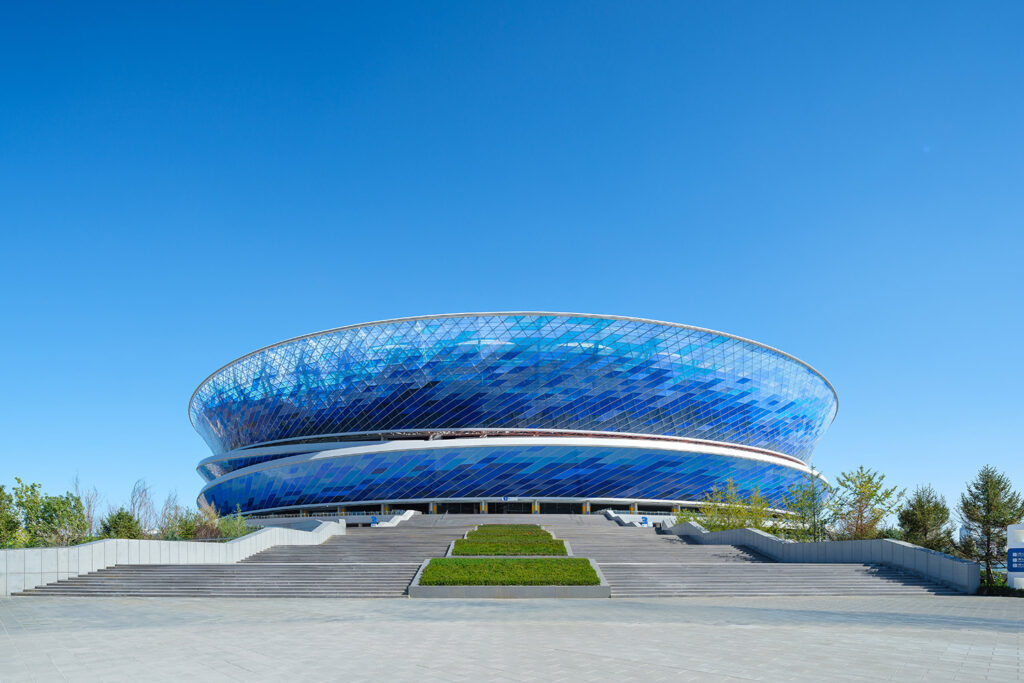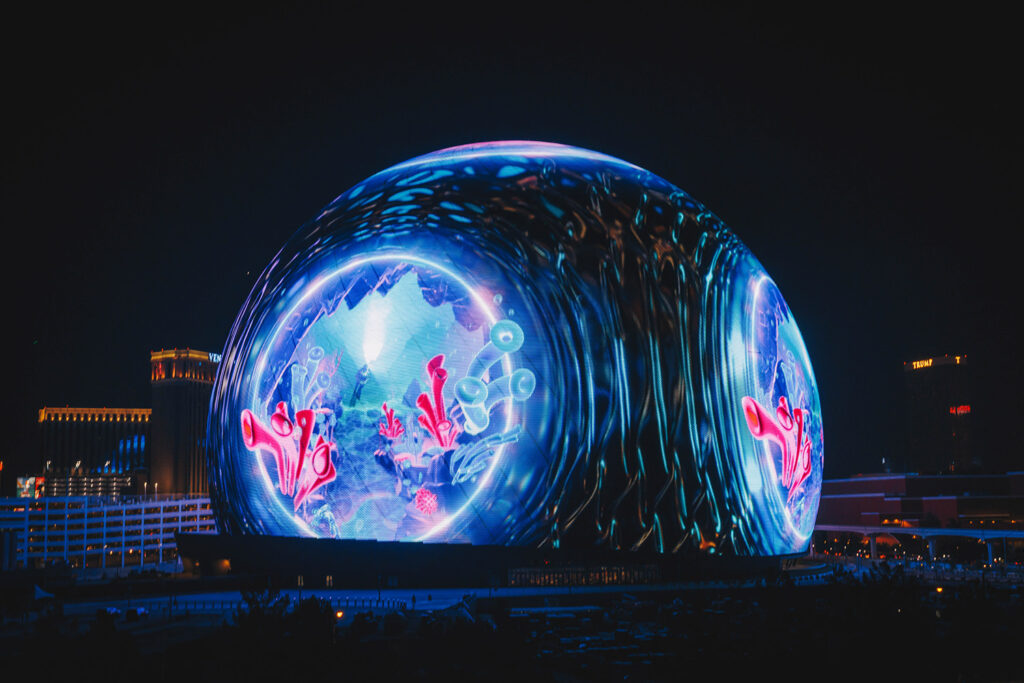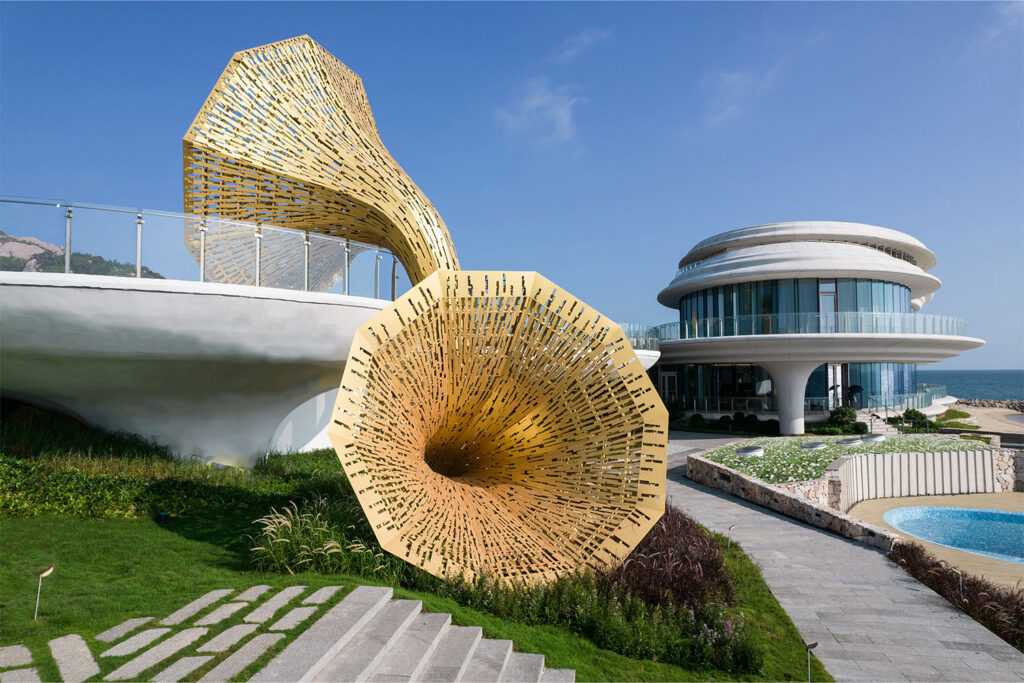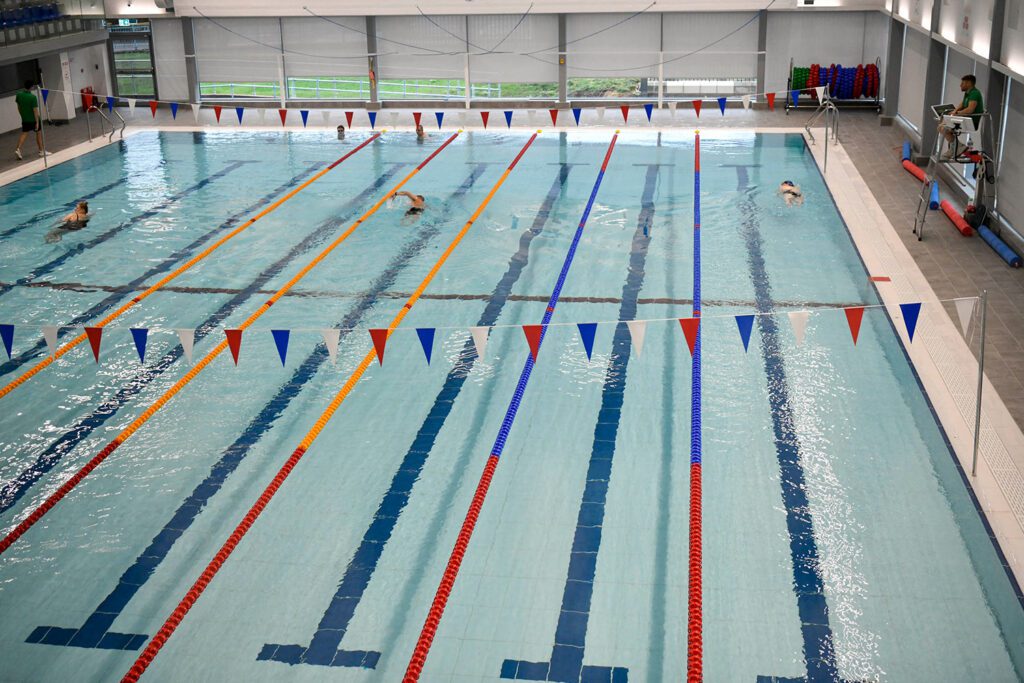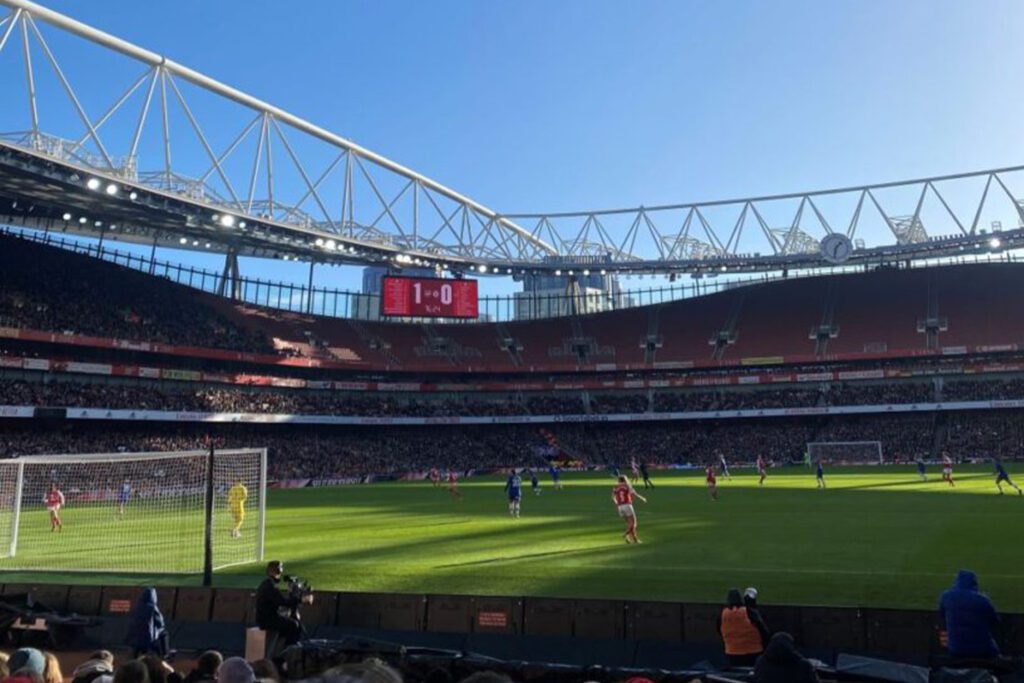Delivering game changing design for Baylor University Football Stadium
College football has long served as a nexus of campus life, bringing together students, alumni and the broader community. At Baylor University a new stadium, scheduled to open next fall, takes this idea to new levels.
Set to open on August 30, 2014, just in time for next year’s season, Baylor Stadium will establish a new landmark visible from downtown Waco as well as 43 million people who pass by Interstate 35 each year. Located on a prominent site overlooking the Brazos River, the stadium also will create a vitalizing destination for the city, spurring further riverfront development.
A defining component of the stadium is a cantilevered steel canopy roof, a feature rarely seen in collegiate sports due to complexity and cost. Buro Happold, who provided structural and facade engineering, daylight studies, roof analysis and construction supervision for the project, used parametric modeling software to make the canopy economically possible. Collaborating with the stadium’s architect, Populous, Buro Happold applied its advanced modeling tools to optimize the structural system and streamline fabrication, two factors which are key to realizing the design within the project budget and schedule.
“Parametric design tools enabled us to meticulously work with Populous to ‘value engineer’ the roof, maintain design intent and manage challenging budget constraints,” said project principal, Greg Otto. “In the end, we were able to maximize value for the university. Compared with other venues of a similar price, we managed to include a significant roof element that is primary in the architectural idea, and will certainly make this venue iconic within the collegiate landscape.”
Supported along its outer edge by monumental 100ft tall columns, the canopy is composed of 25 cantilever trusses, measuring up to 12ft deep and extend as far as 90ft from their supports. The final canopy weighs in at 12lbs per ft², remarkably lower than the typical stadium designs 20lbs per ft² – a significant factor in reducing costs.
Buro Happold also provided engineering support on the bridges that will connect the stadium to the main campus across the Brazos River and to proposed sports fields and ‘sailgating’ docks nearby. These connections, combined with the stadium’s location along the river, are expected to activate the public space along the waterfront, providing a clear link to future campus development.

